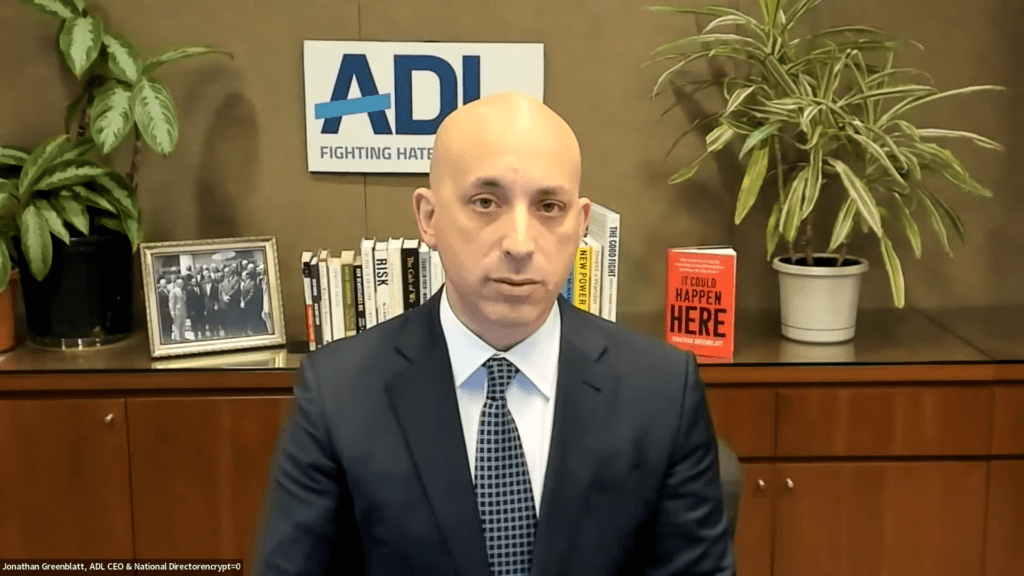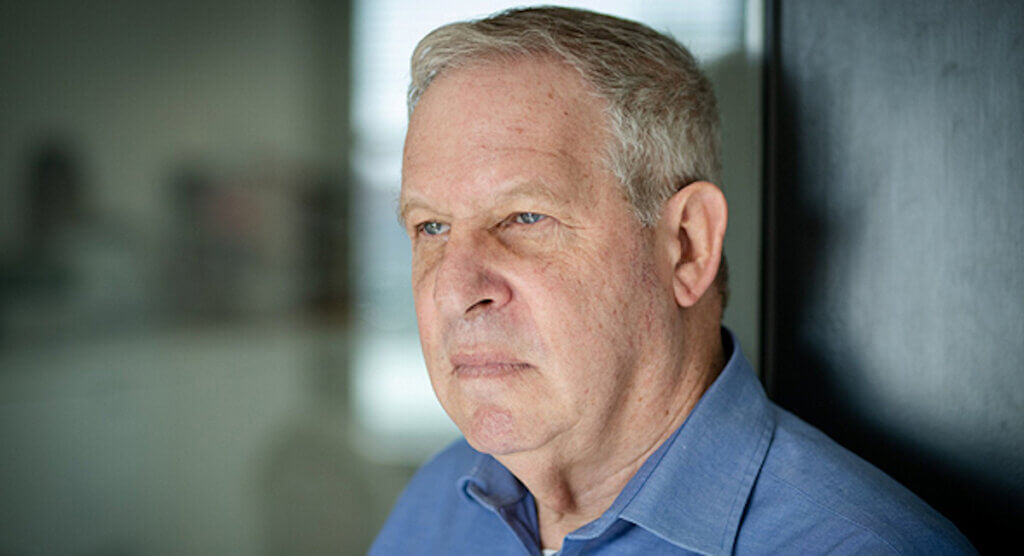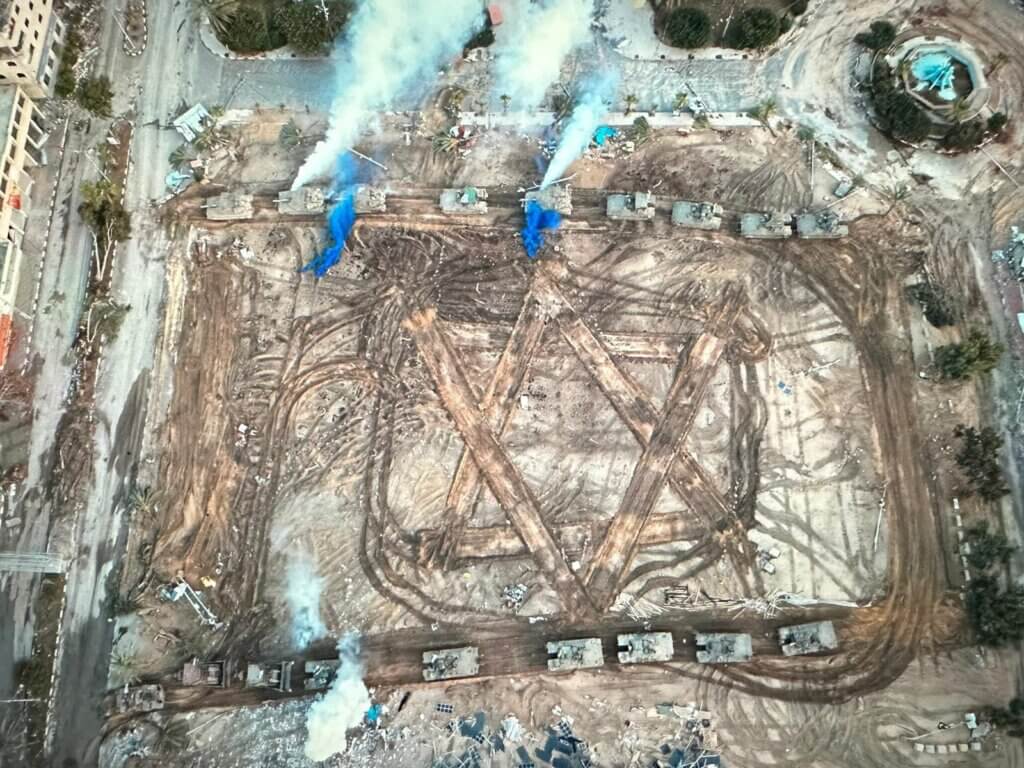2023/11/24

LONDON (Reuters) - Workers and activists across Europe plan demonstrations against U.S. e-commerce giant Amazon on Friday, aiming to disrupt its warehouses and prevent merchandise from reaching Amazon parcel lockers on one of the busiest shopping days of the year.
On Black Friday, the day after the U.S. Thanksgiving holiday, many retailers slash prices to boost sales. Originally known for crowds lining up at big-box stores in the U.S., the event has increasingly moved online and gone global, fuelled in part by Amazon, which advertises ten days of holiday discounts this year from November 17 to November 27.
In Germany, Amazon's second-biggest market by sales in 2022, workers at five fulfilment centres in Bad Hersfeld, Dortmund, Koblenz, Leipzig, and Rheinberg, will go on strike for 24 hours from midnight Thursday to demand a collective wage agreement, trade union Verdi said.
An Amazon spokesperson in Germany said workers are paid fair wages, with a starting salary of more than 14 euros ($15.27) an hour, and have additional benefits, adding that deliveries of Black Friday orders will be reliable and timely.
More than 1,000 workers at Amazon's warehouse in Coventry, England, will strike on Friday, according to trade union GMB, as part of a long-running dispute over pay. Trade unionists are also organising a demonstration at Amazon's UK headquarters in London.
An Amazon UK spokesperson said the strike would not cause any disruption.
Amazon's parcel lockers are also being targeted. Many Amazon shoppers use its lockers, which are located in train stations, supermarket car parks, and street corners, to receive their orders.
In France, anti-globalisation organisation Attac is encouraging activists to plaster them with posters and ticker tape, potentially blocking delivery workers and customers from being able to open them.
Attac, which calls Black Friday a "celebration of overproduction and overconsumption", said it expects the protest to be wider than last year, when it estimates 100 Amazon lockers across France were targeted.
Italian trade union CGIL called for a Black Friday strike at the Castel San Giovanni warehouse, while Spanish union CCOO called for Amazon warehouse and delivery workers to stage a one-hour strike on each shift on "Cyber Monday", the last day of Amazon's ten-day sale.
"Make Amazon Pay", a global campaign coordinated by UNI Global Union, said strikes and protests would take place in more than 30 countries from Black Friday through to Monday.
($1 = 0.9168 euros)
(Reporting by Helen Reid and James Davey in London, Matthias Inverardi in Dusseldorf, Elisa Anzolin in Milan, Corina Pons in Madrid, Editing by Sharon Singleton)


Amazon's logistics workers in Spain plan Cyber Monday walk-outs
2023/11/20

MADRID (Reuters) - Spanish union CCOO on Monday called on 20,000 warehouse and delivery workers at Amazon's local unit to stage a one-hour strike on each shift on Nov. 27, a date known by retailers as 'Cyber Monday', and the same on the following day to demand better wages and working conditions.
There are three working shifts a day at Amazon in Spain.
"It is symbolic, but it is a first move and we will consider other kind of actions in the future," the union's secretary general for Amazon, Douglas Harper, told Reuters.
CCOO, the largest union at the U.S. retailer in Spain, wants the company to improve labour safety and acknowledge workplace risks in Spain, boost human resources staff and raise wages, arguing that the pay does not reflect the volume of workload.
"Our staff in all of Spain already work in a safe and modern environment with competitive wages and benefits," a local Amazon spokesperson said in a statement sent to Reuters.
Cyber Monday is the first working day after Thanksgiving, an important date for retailers as consumers return to work and start ordering Christmas gifts.
Even though the date is not that significant in European countries as they do not celebrate Thanksgiving, online retailers also offer discounts and launch special offers similar to those in the United States.
Logistics workers at Amazon on both sides of the Atlantic have complained about working conditions and unionisation is starting to build pressure on the company. A group of workers walked out in Britain earlier this month despite a pay raise in October.
Amazon has grown fast Spain in the past couple of years in both logistics for its e-commerce business and data centres to support its cloud computer unit, Amazon Web Services.
(Reporting by Inti Landauro, editing by Andrei Khalip and Susan Fenton)
© Reuters






 PALESTINIAN WORKERS, WHO WERE STRANDED IN ISRAEL SINCE THE OCTOBER 7 ATTACKS, WALK NEAR THE RAFAH BORDER CROSSING WITH EGYPT AS THEY MAKE THEIR WAY BACK INTO GAZA STRIP FROM THE KEREM SHALOM COMMERCIAL BORDER CROSSING, NOVEMBER 3, 2023. (PHOTO: STR/APA IMAGES)
PALESTINIAN WORKERS, WHO WERE STRANDED IN ISRAEL SINCE THE OCTOBER 7 ATTACKS, WALK NEAR THE RAFAH BORDER CROSSING WITH EGYPT AS THEY MAKE THEIR WAY BACK INTO GAZA STRIP FROM THE KEREM SHALOM COMMERCIAL BORDER CROSSING, NOVEMBER 3, 2023. (PHOTO: STR/APA IMAGES)